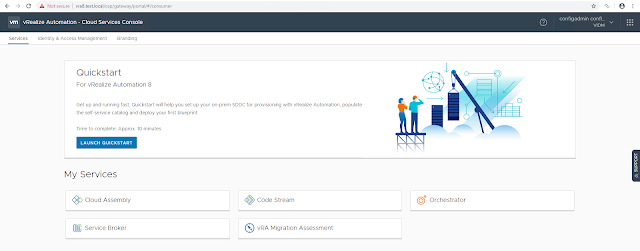In this article, I will explain how to access the iDRAC Redfish API using session-based authentication.
[CmdletBinding()]
param(
[Parameter(Mandatory)]
[String]$idrac_ip
)
#To fix the connection issues to iDRAC REST API
add-type @"
using System.Net;
using System.Security.Cryptography.X509Certificates;
public class TrustAllCertsPolicy : ICertificatePolicy {
public bool CheckValidationResult(
ServicePoint srvPoint, X509Certificate certificate,
WebRequest request, int certificateProblem) {
return true;
}
}
"@
[System.Net.ServicePointManager]::CertificatePolicy = New-Object TrustAllCertsPolicy
[System.Net.ServicePointManager]::SecurityProtocol = [System.Net.SecurityProtocolType]::Tls12 -bor [System.Net.SecurityProtocolType]::Tls11
#Get iDRAC creds
$Credentials = Get-Credential -Message "Enter iDRAC Creds"
$creds_json = '{"UserName": "$($Credentials.UserName)", "Password": "$($Credentials.GetNetworkCredential().Password)"}'
$creds_json = $ExecutionContext.InvokeCommand.ExpandString($creds_json)
#Using Invoke-WebRequest
try {
$result1 = Invoke-WebRequest -Uri "https://$($idrac_ip)/redfish/v1/Sessions " -Method POST -ContentType 'application/json' -Headers @{"Accept"="application/json"} -Body $creds_json -Verbose
}
catch {
Write-Error -Message "Failed to invoke the API! Incorrect creds!"
$PSCmdlet.ThrowTerminatingError($PSItem)
}
$auth_head = @{
"X-Auth-Token" = $result1.Headers.'X-Auth-Token'
"accept" = "application/json" }
#URI to get basic system info
$u1 = "https://$($idrac_ip)/redfish/v1/Systems/System.Embedded.1"
#Using Invoke-RestMethod
try {
$output = Invoke-RestMethod -Uri $u1 -Method Get -Headers $auth_head -ContentType 'application/json' -Verbose
}
catch {
Write-Error -Message "Failed to invoke the API! Incorrect creds!"
$PSCmdlet.ThrowTerminatingError($PSItem)
}
Write-Output "`nBasic System Info:" $output
Hope it was useful. Cheers!
Related posts
References



















































